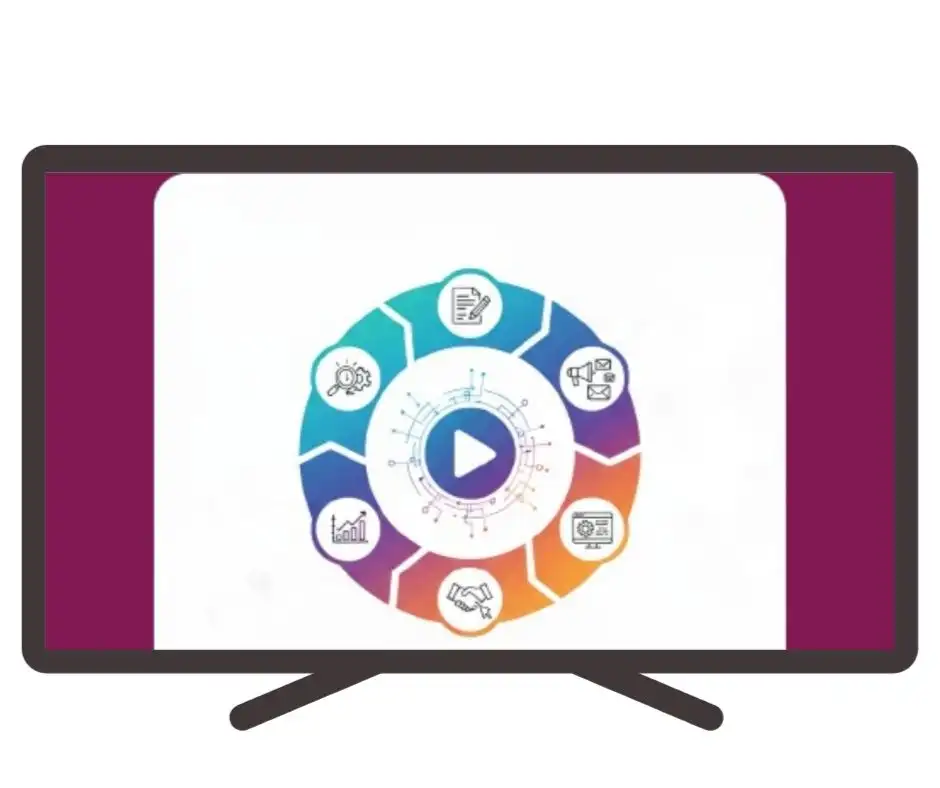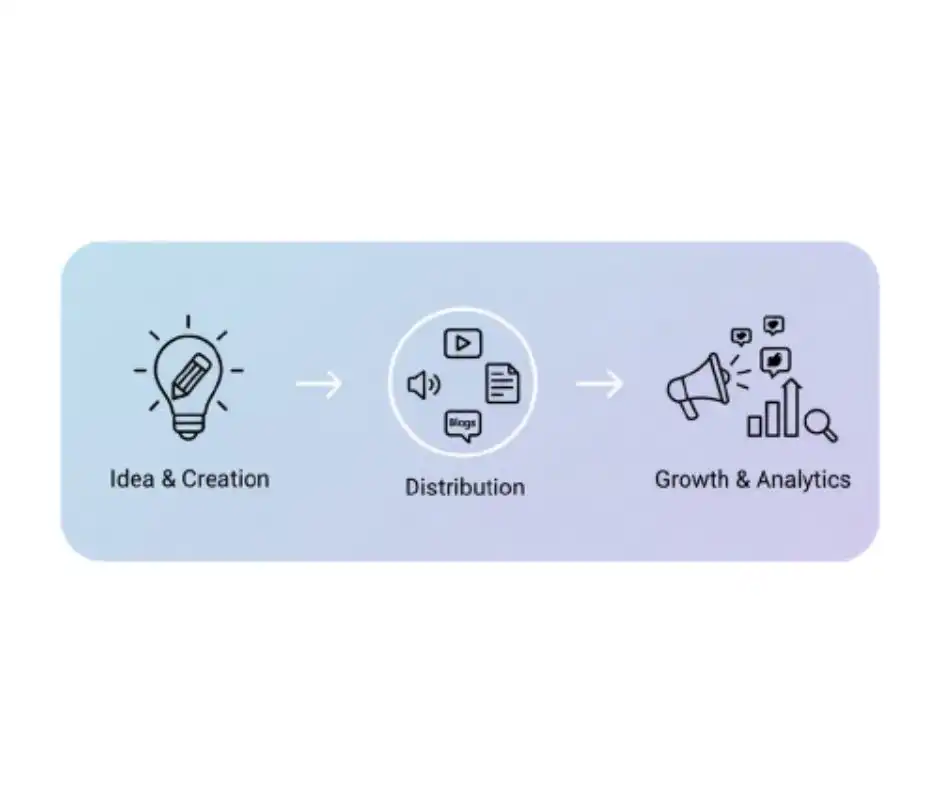Several shifts are shaping how influencer marketing works these days:
- Rise of Micro & Nano-Influencers
Brands are working more with smaller creators (nano = ~1K-10K followers, micro = ~10K-100K). These influencers tend to have highly engaged audiences, greater trust, more authenticity, and generally lower cost for better ROI than big-name macro or celebrity influencers. - Authenticity Over Perfection
Audiences are more skeptical of polished content. Raw, relatable, behind-the-scenes content, honest reviews, and storytelling win over slick ads. - AI, Data & Measurement Tools
Brands are using AI to discover influencers (alignment with audience, values, etc.), screen for fraudulent metrics, optimize campaigns in real-time, and measure not just reach or likes, but engagement quality, conversions, sentiment, “halo effect,” etc. - Social Commerce & Livestream Shopping
The ability to buy within apps (Instagram, TikTok, etc.), live shopping events, influencer unboxings or demos, and direct purchasing linked to influencer content are increasingly important. This closes the gap between inspiration and purchase. - Long-Term Relationships vs One-Off Campaigns
Rather than doing a single post or short campaign, more brands are building ongoing collaborations with influencers. This builds trust, consistency, and better alignment, which tends to perform better in the long run. - Multi-Platform & Cross-Channel Strategies
Audiences are spread across different platforms. Short videos (TikTok, Reels, Shorts) are crucial, but long-form content, blogs, LinkedIn (for B2B), and even podcasts or audio content are playing a role. Brands want to meet audiences where they are. - Values, Ethics, Inclusivity & Transparency
Consumers increasingly expect brands/influencers to stand for something: diversity, sustainability, social causes, honest disclosure of paid content. That builds credibility and trust.
Why It’s Powerful in 2025
Given those changes, influencer marketing brings several advantages that are especially relevant now:
- Higher Trust / More Authenticity: Because audiences can “sense” when something is forced or just commercial. Influencers who feel real are more persuasive.
- Better Cost-Effectiveness: Small creators often give higher engagement per cost, less risk of paying huge fees for reach that doesn’t convert.
- Faster Feedback and Optimization: With good measurement and AI, brands can see what’s working (or not), iterate faster.
- Closer to Purchase: The link between influencer content and commerce (live shopping, affiliate links, in-app checkout etc.) shortens the journey from discovery to sale.
- Strong Emotional & Community Connection: Influencers can build community in ways traditional ads can’t — fans feel part of something, which increases loyalty.



